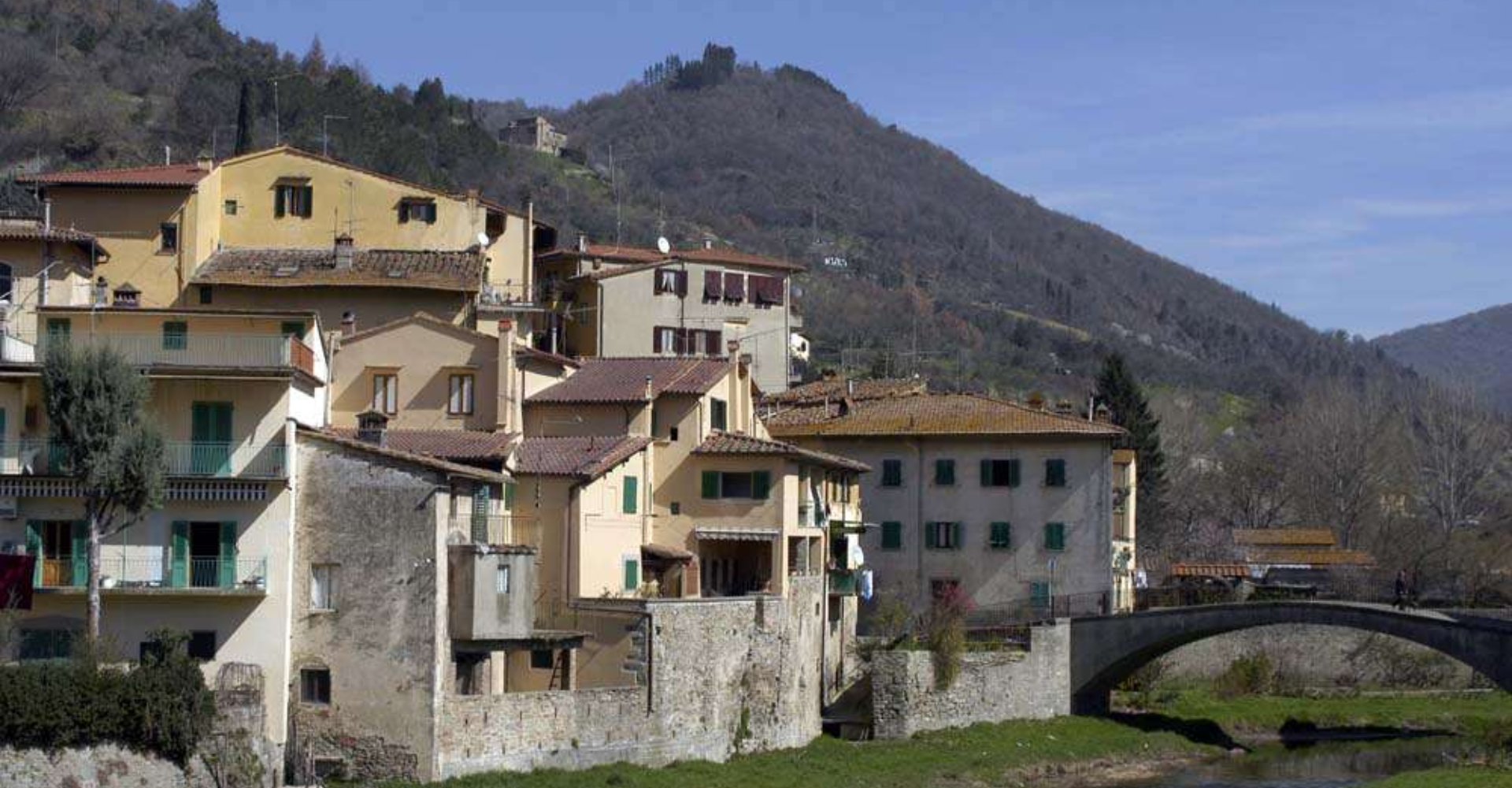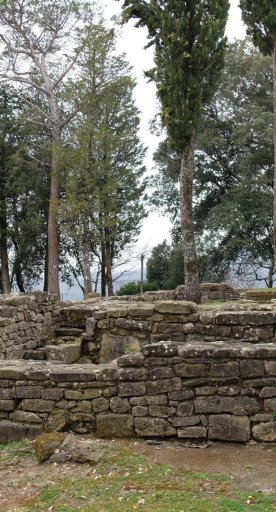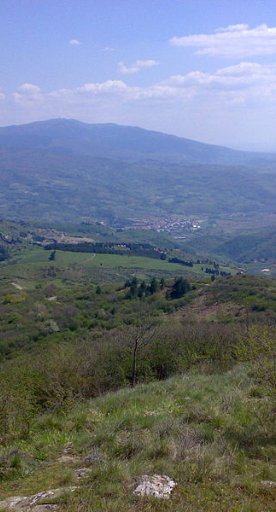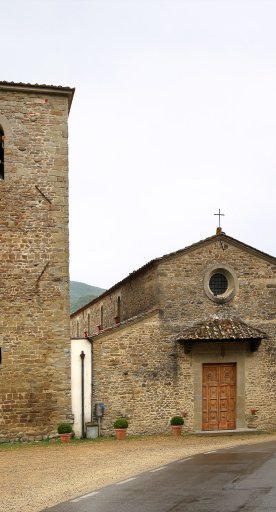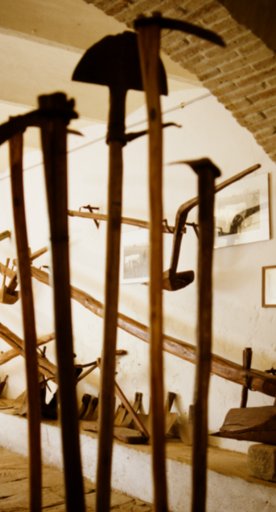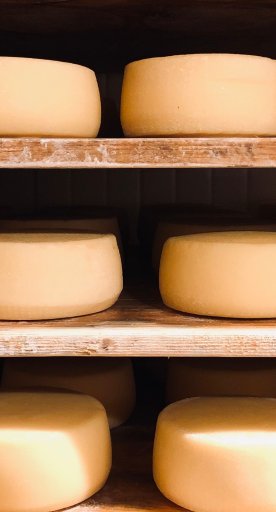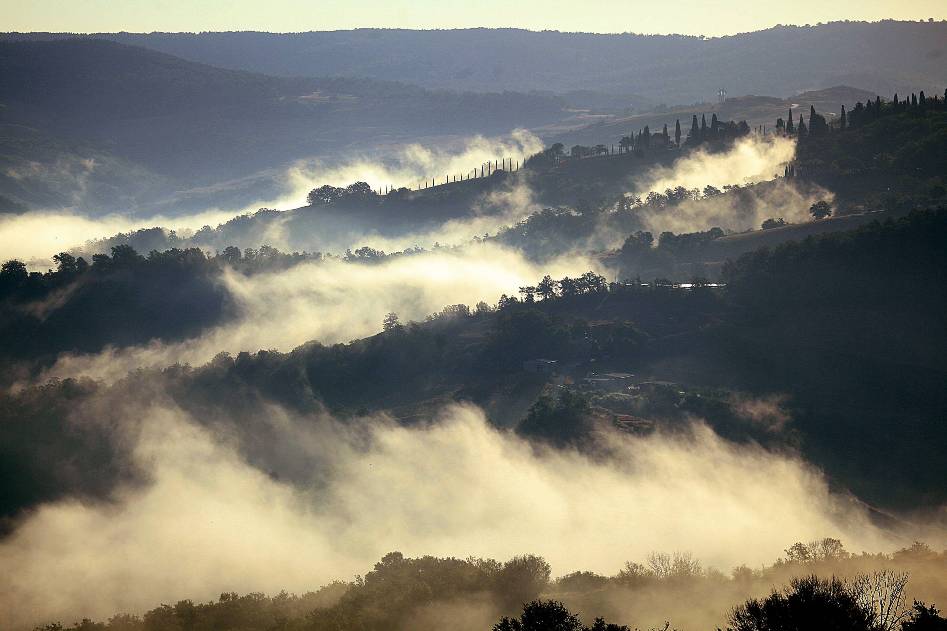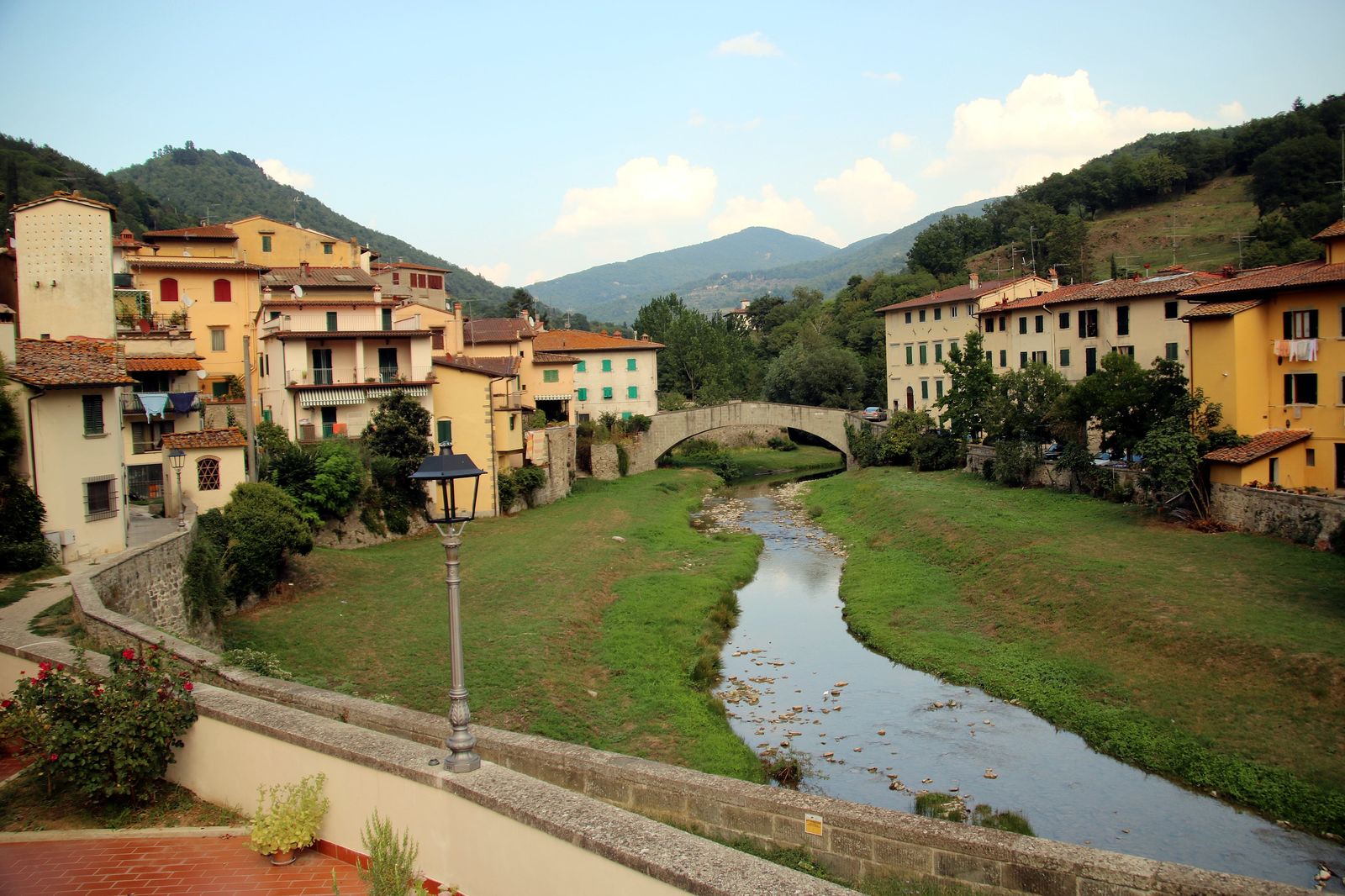At the point where the river Comano flows into the Sieve lies Dicomano. Variety is the fundamental characteristic of the surrounding landscape: from the typical mountain scenery, more properly typical of the Mugello area, to the valley floor aspects, typical of the Val di Sieve. At Dicomano the heights of the Apennines slope down to the hills, leaving, on the descent, green forests of beech, oak and chestnut trees. Against the backdrop of the reflections of the fields one glimpses here and there farmhouses or ancient villas, swathed in a few olive groves and rows of vines. It is through centuries of human labor that this area has taken on those indelible features that we can admire today. Here the artistic and architectural elements become one with those of the natural environment.

